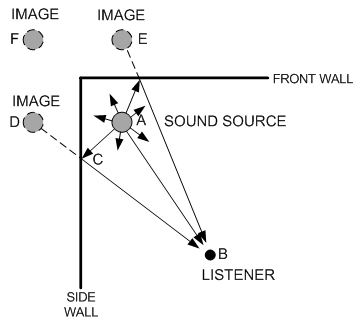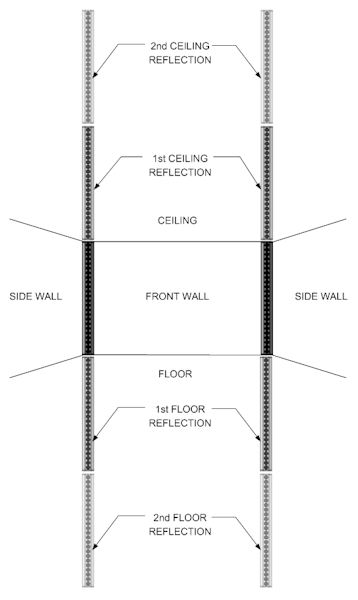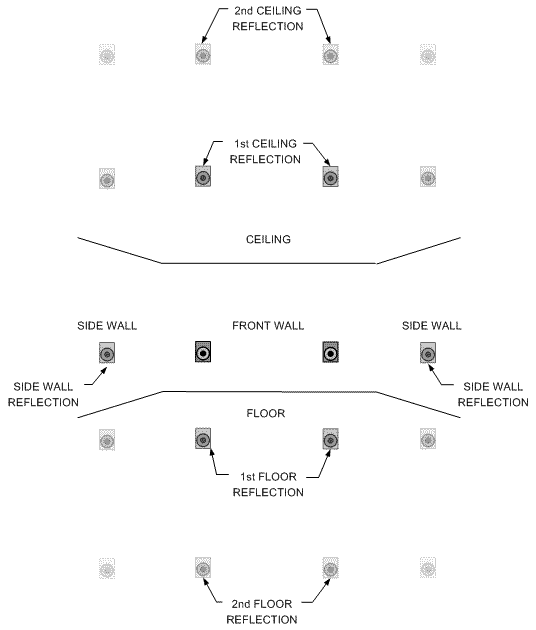I'm not the biggest expert here on this either, these are all a niche within a niche in acoustics.So, do vocals and other small instruments sound as high as the speaker? I can imagine it'd work maybe in a room 15 or 20 feet wide, but forgive me for struggling to see it work in the room pictures as it looks like mono to me as far as 'width of perceived image' to me and having heard in the past, large tall ribbon types of speaker which alter the 'height' of everything, it's a bit odd to me... Forgive me here, I'm confused...
All I can say from current experience is that free space mounting can improve perceived stereo images and many ported speakers these days seem to like it. Lean toned sealed boxes do seem better able to be used close to the wall behind them as long as bass below 80 - 100Hz doesn't fall off a cliff as baby speakers do.
As for the distance between the speaker and the side walls, it doesn't really matter as as Paul described open baffle speakers don't radiate side-ways.
As for the interaction between the ceiling and the floor, well i have to get a little bit more technical here.
In a normal home listening room the sound reflected from the walls, floor and ceiling creates reflected sound images (or just reflections) in the same way an optical images would appear if the walls, floors and ceilings were made out of mirrors.

We hear both the reflected images and the direct sound of the speaker as 'sound', it takes about ~5-30ms (frequency dependent) before our brain registers the reflected images as reverberation. as the listening position moves away from the speakers the ratio of reflected images to direct sound increases in the overall 'perceived sound', the reflected images are a distortion objectively.
Now consider what happens when we place a line array loudspeaker in a room where the line array spans from floor to ceiling (see pic below). The first order reflections TRIPLE the effective length of the array. Including the second order reflections we see the height of the array increased FIVE FOLD over the actual speaker. A seven foot long array is reflected into a 35 foot array by consideration of just the first two reflections. A seven foot array of 24 speakers is transformed into a 35 foot array with 120 sound sources based on two reflections. In reality the higher order reflections are significant and the array is effectively longer with even more sound sources. In a perfectly reflective room the lines would extend to infinity giving the room an infinite reverberation time. The finite reverberation time of real rooms indicates that the reflections actually fade to inaudibility as they extend toward infinity in all directions. The combination of direct and reflected sound sources actually forms a very long array with the output progressively more tapered toward each end.

This behavior emulates a diffuse field more than monopole speakers, since the reflections are so close to the origin of sound, while a regular speaker is well a regular speaker.

The widely spaced images of the point-source playback system produce a colored frequency response that is unique to each room and varies with speaker position in the room making consistent performance almost impossible. The line-array with its standard speaker placement (on the z-axis) and well managed reflections is, in my opinion, to be a superior solution to the overall application of loudspeaker playback systems in home environments.
Last edited:
